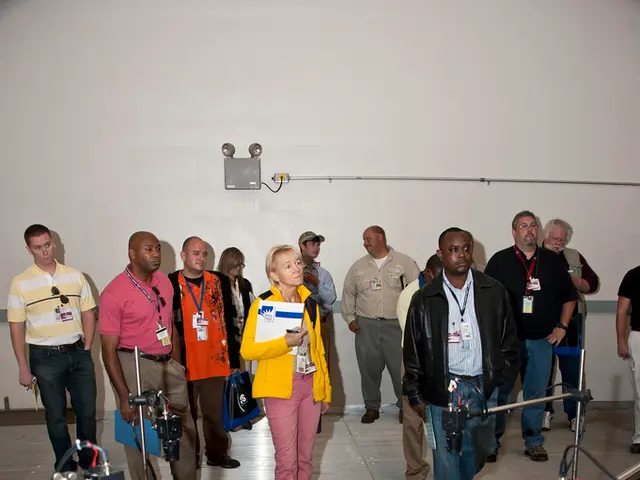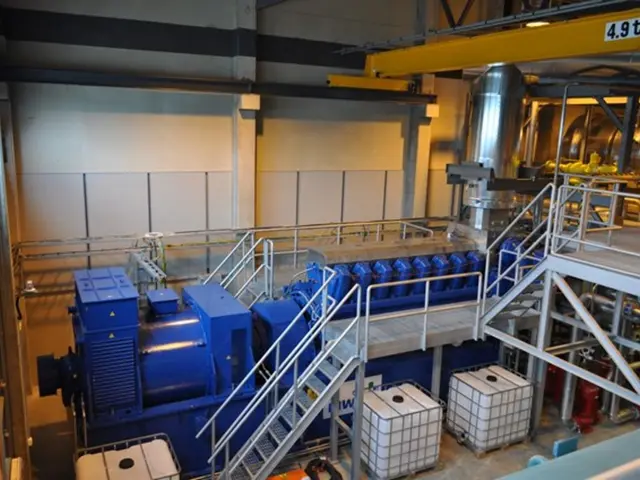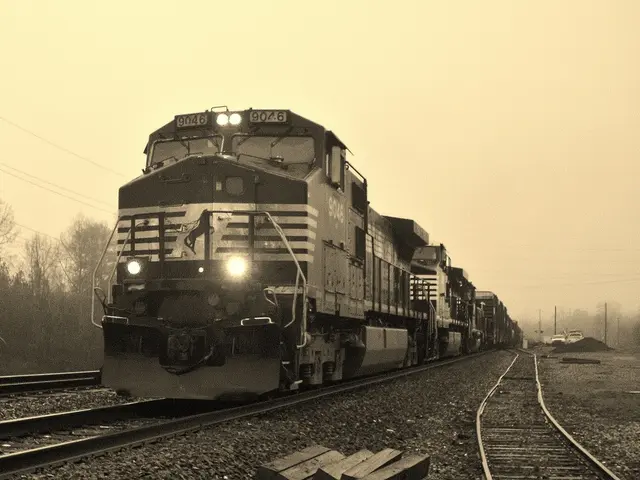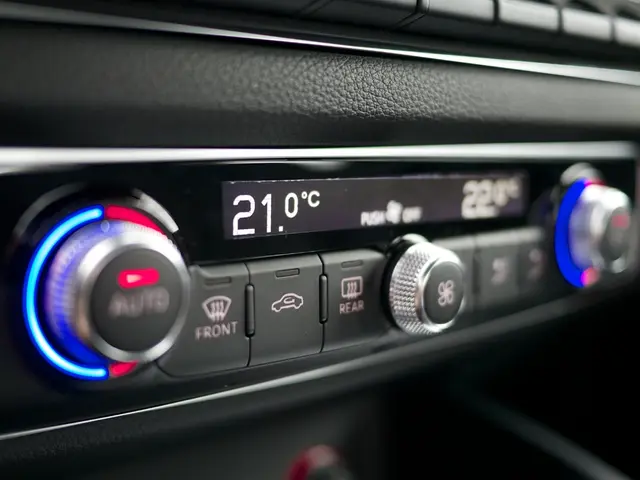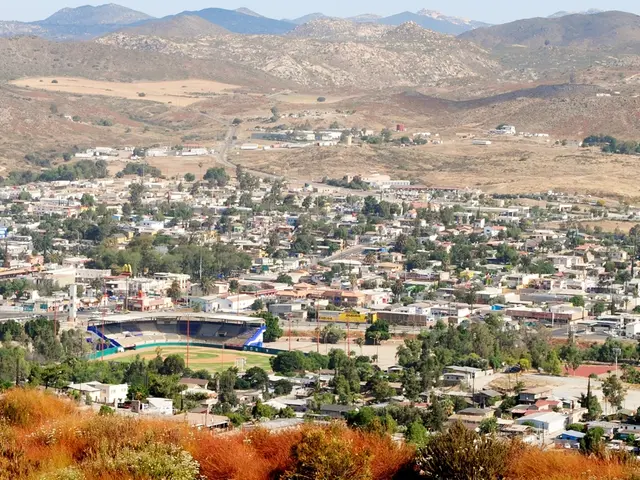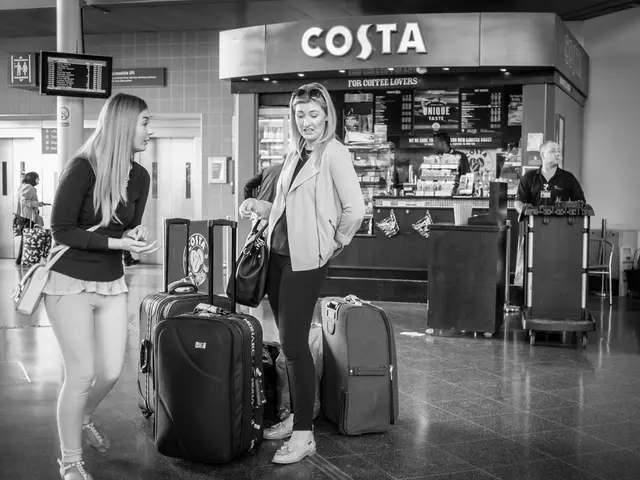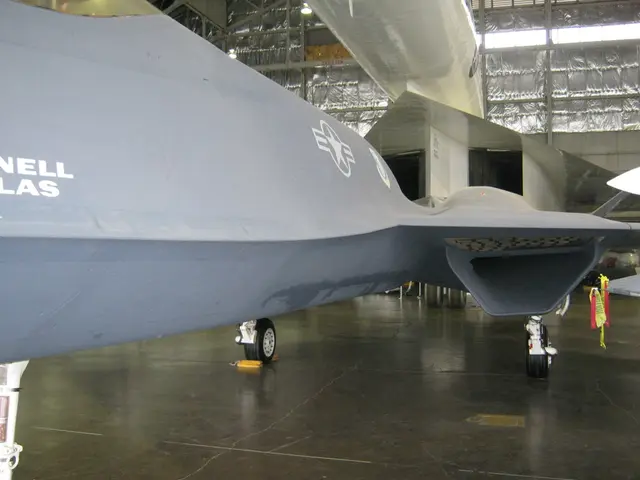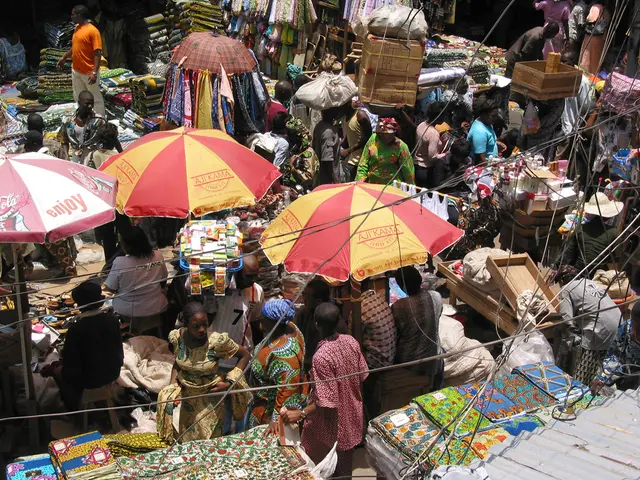Food Quality Gases Market Expected to Grow at a Rate of 6.9% by 2034
The food-grade gases market is on an upward trajectory, with a projected value of USD 12.3 billion by 2034. This significant growth is fueled by technological advancements and the increasing demand for sustainable practices in the food industry.
In 2024, the market stood at USD 6.3 billion, growing at a compound annual growth rate (CAGR) of 6.9% during the forecast period from 2025 to 2034. North America led the market, holding a dominant share of over 37.8%, valued at USD 2.3 billion in 2024.
The food industry's shift towards environmentally friendly practices is evident in the offerings of companies like the Messer Group GmbH. They are providing certified green carbon dioxide derived from bio-based sources for environmentally conscious food and beverage producers.
The Meat, Poultry & Seafood Industry holds a dominant market position, capturing more than a 36.2% share, with the U.S. beef, poultry, and seafood industries relying heavily on cryogenic CO2 and nitrogen systems.
One of the key drivers of market growth is the adoption of cryogenic freezing technologies. Quick Freezing & Chilling (Cryogenics) uses liquid nitrogen for instant freezing, preserving food's texture, moisture, and taste. This method is increasingly popular in the food industry due to its efficiency and minimal impact on food quality.
Modified Atmosphere Packaging (MAP) is another significant contributor to market growth. MAP uses nitrogen and CO2 to replace air inside food packages, extending shelf life. Companies like Air Products are innovating in this area, with Air Products introducing its proprietary STARZON high-barrier modified atmosphere packaging (MAP) films.
Beverage Carbonation is the largest application of food-grade gases, with global demand directly tied to beverage consumption trends. Technological advancements, such as on-site gas generation systems, further enhance the beverage industry's reliance on food-grade gases.
Regulatory bodies like the Bureau of Indian Standards (BIS) enforce stringent quality standards, such as BIS standard IS 307 for carbon dioxide purity. Government initiatives and regulatory frameworks, like the Make in India program and the establishment of 1,222 Pressure Swing Adsorption (PSA) plants, support the food-grade gases sector.
Linde PLC is expanding its high-purity food-grade carbon dioxide production and supply capabilities across North America. Another notable development is Air Liquide's launch of Food Guard, a digital platform for full traceability and quality control of food-grade gases.
Sasol is planning to increase its production capacity for liquefied gases by 4,800 tons per day in 2024. This expansion will further bolster the food-grade gases market, ensuring the continued growth and development of the sector.
Controlled Atmosphere Storage is another area where food-grade gases are making a significant impact. This method uses nitrogen to control oxygen levels around stored fruits and vegetables, allowing for seasonal produce to be available year-round.
In conclusion, the food-grade gases market is witnessing robust growth, driven by technological advancements, increasing demand for sustainable practices, and regulatory support. As the industry continues to evolve, we can expect to see further innovations and expansions in the food-grade gases sector.
Read also:
- Query Analysis
- Alliance between Renault Group, Nissan, and Mitsubishi progresses, advancing joint ventures at Ampere Douai Plant
- Police Intercept Two Unauthorized Truck Drivers: Non-License Holder Picks Up Another, Both Vehicles Have severe Defects in Moers
- Building Commences for Rivian's $5 Billion Electric Vehicle Manufacturing Plant in Georgia

